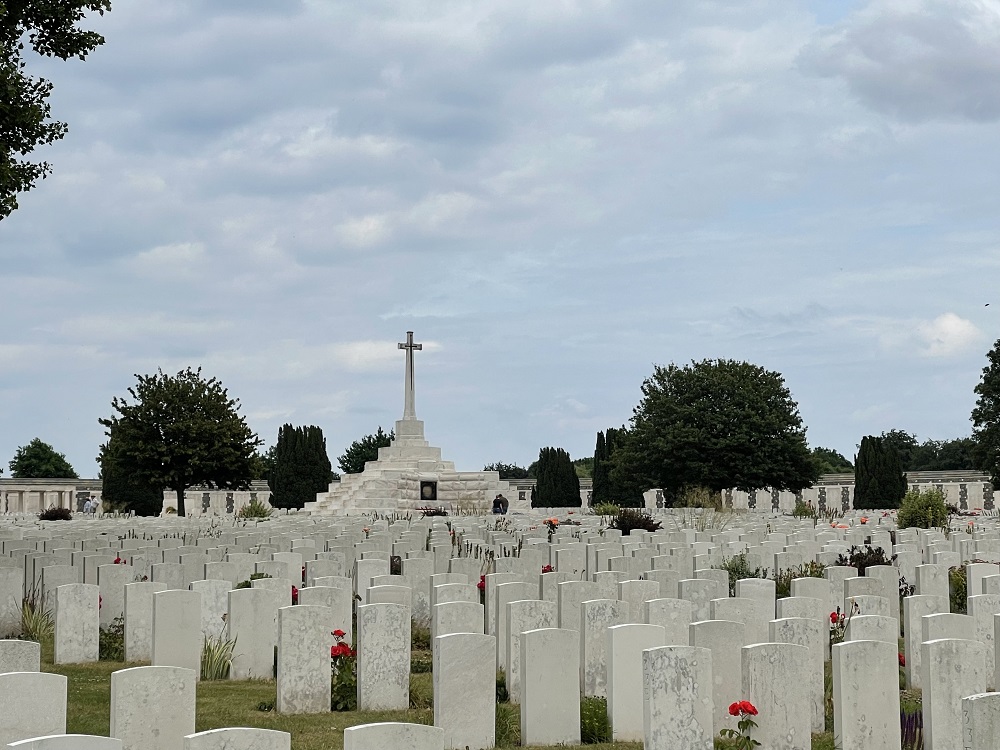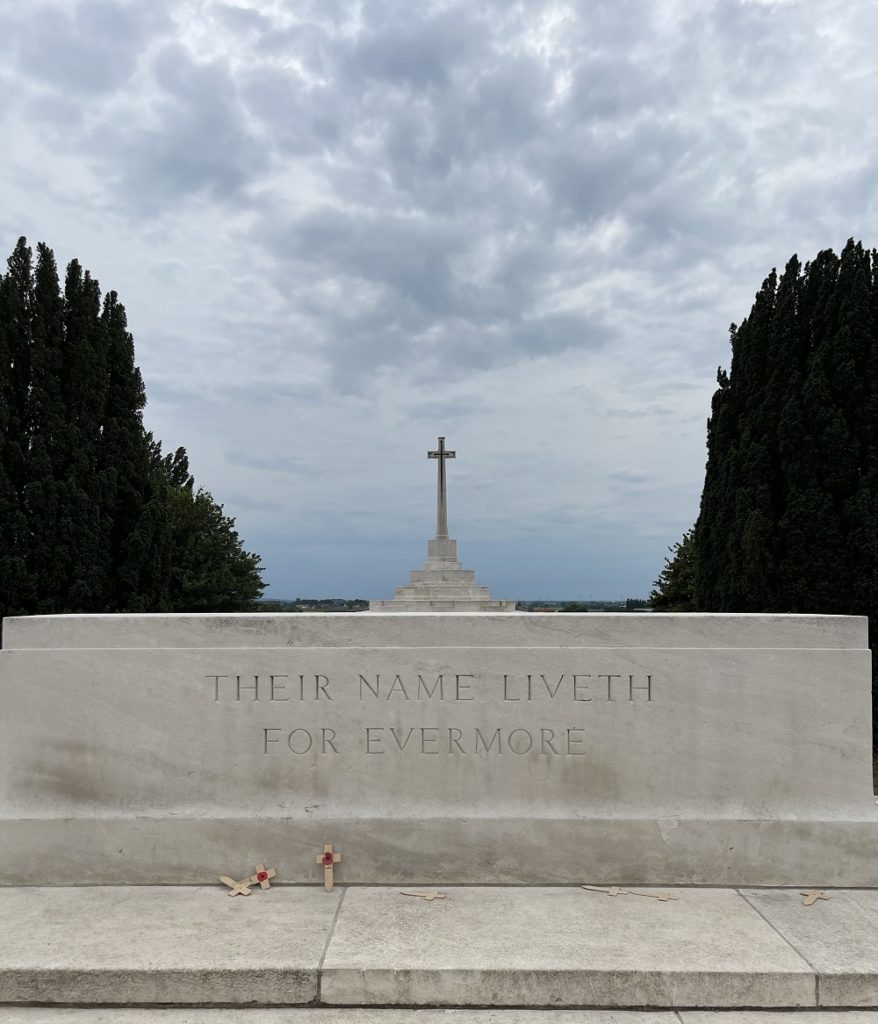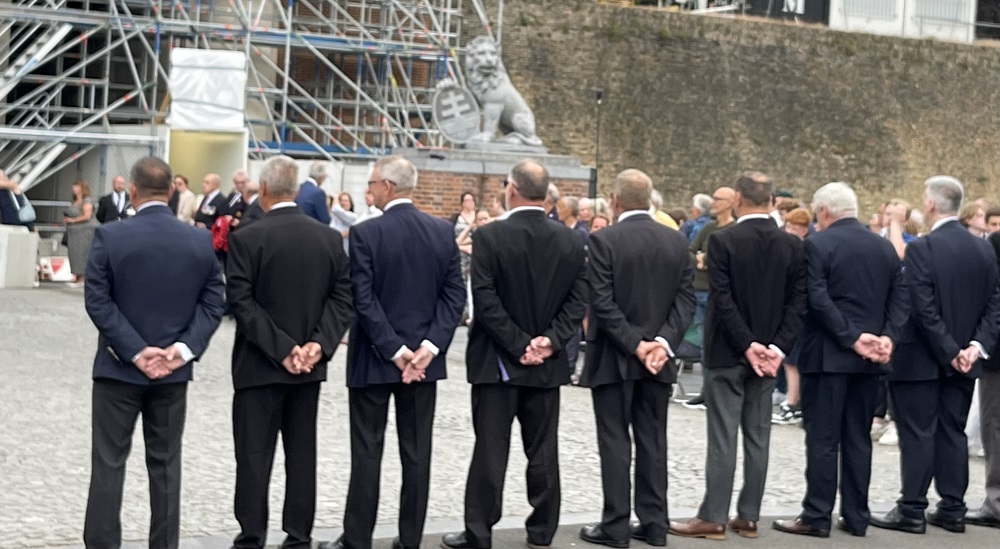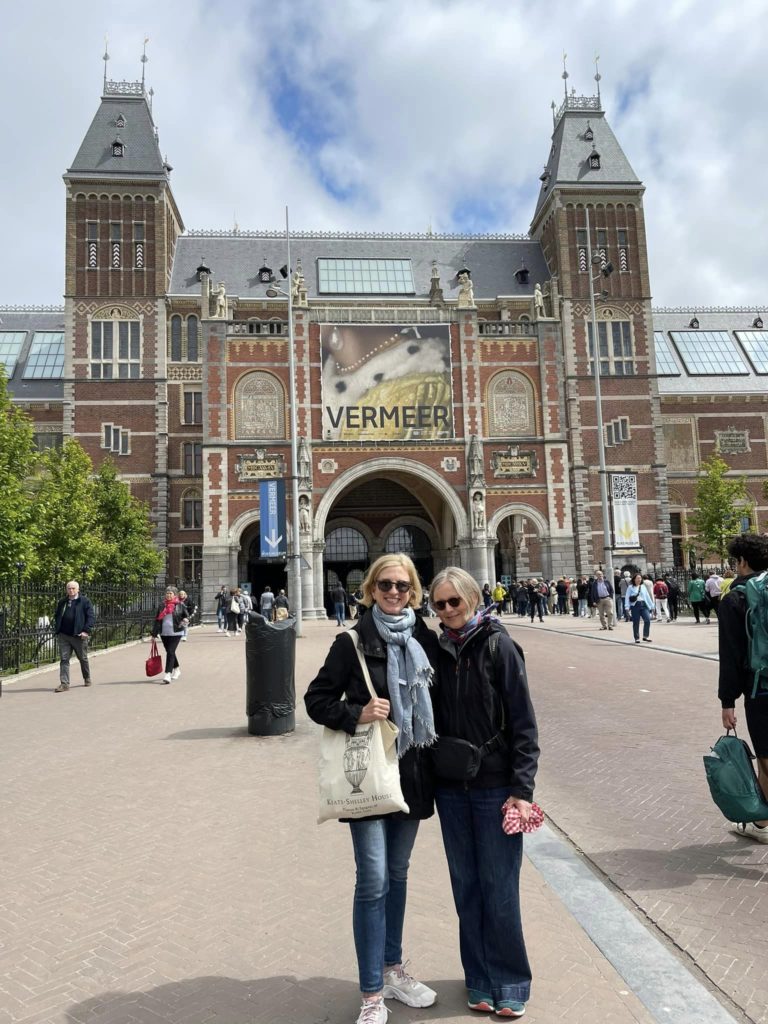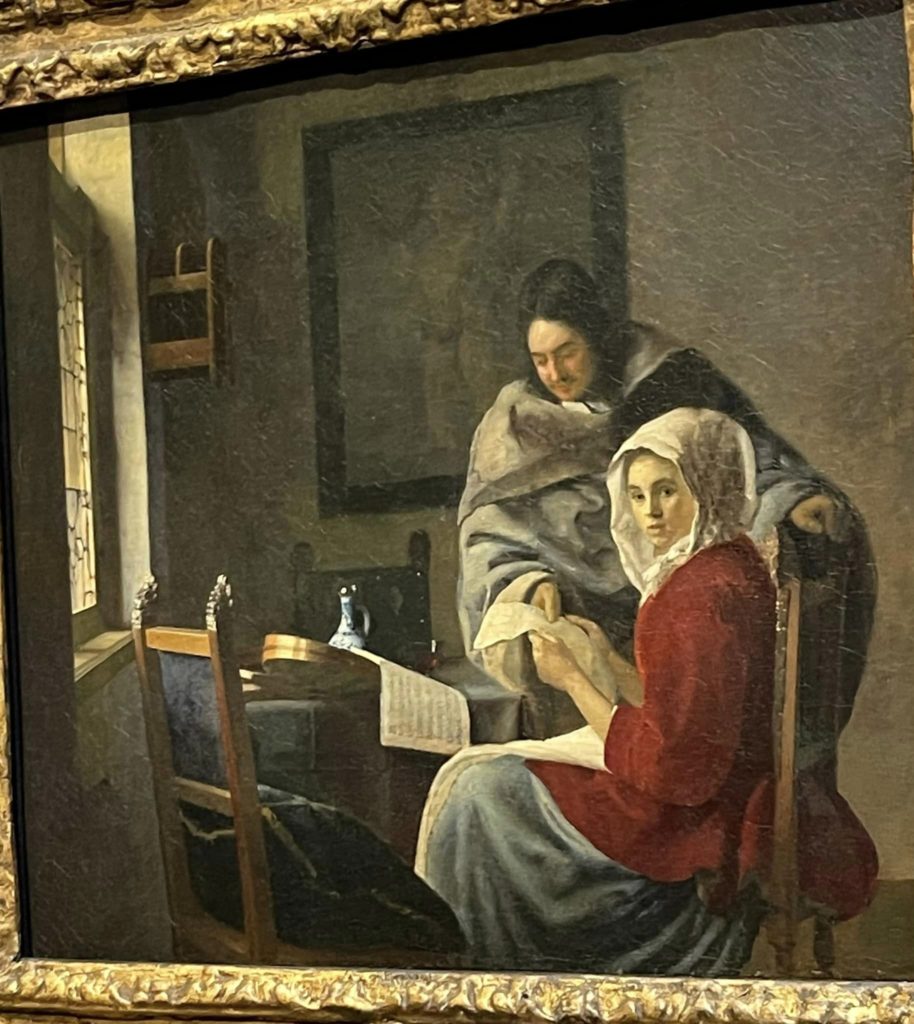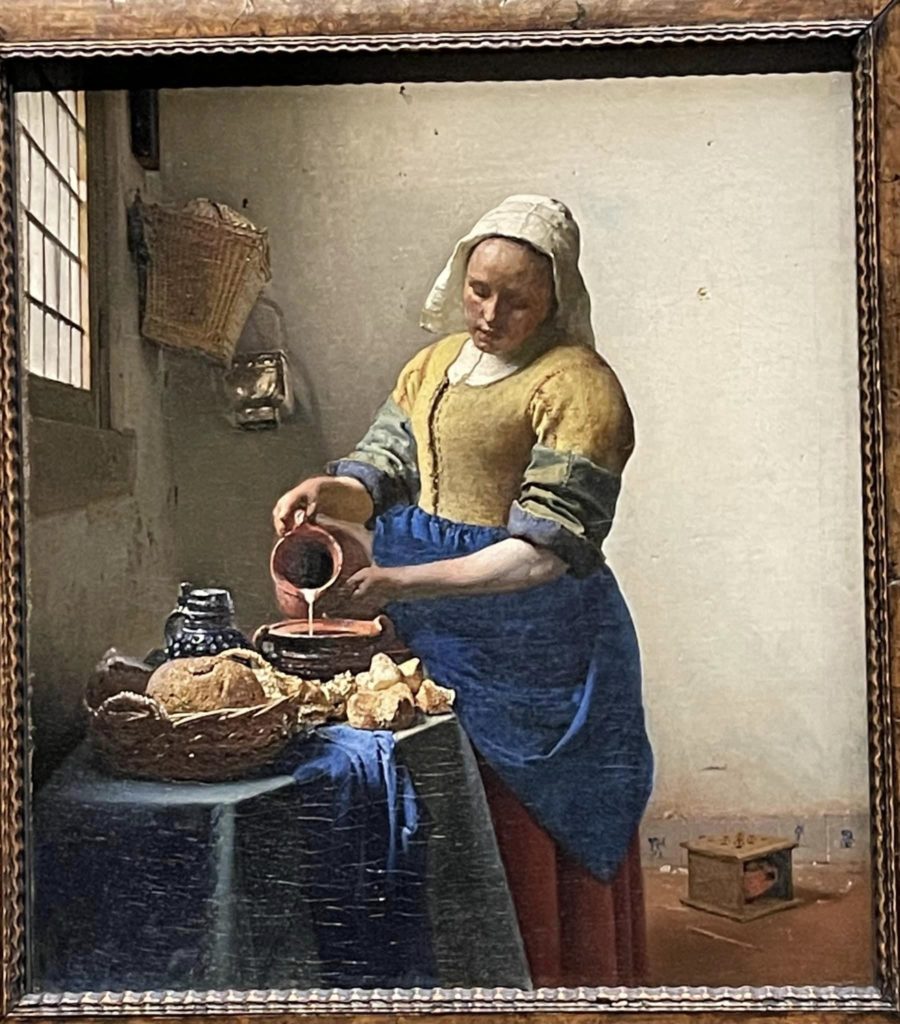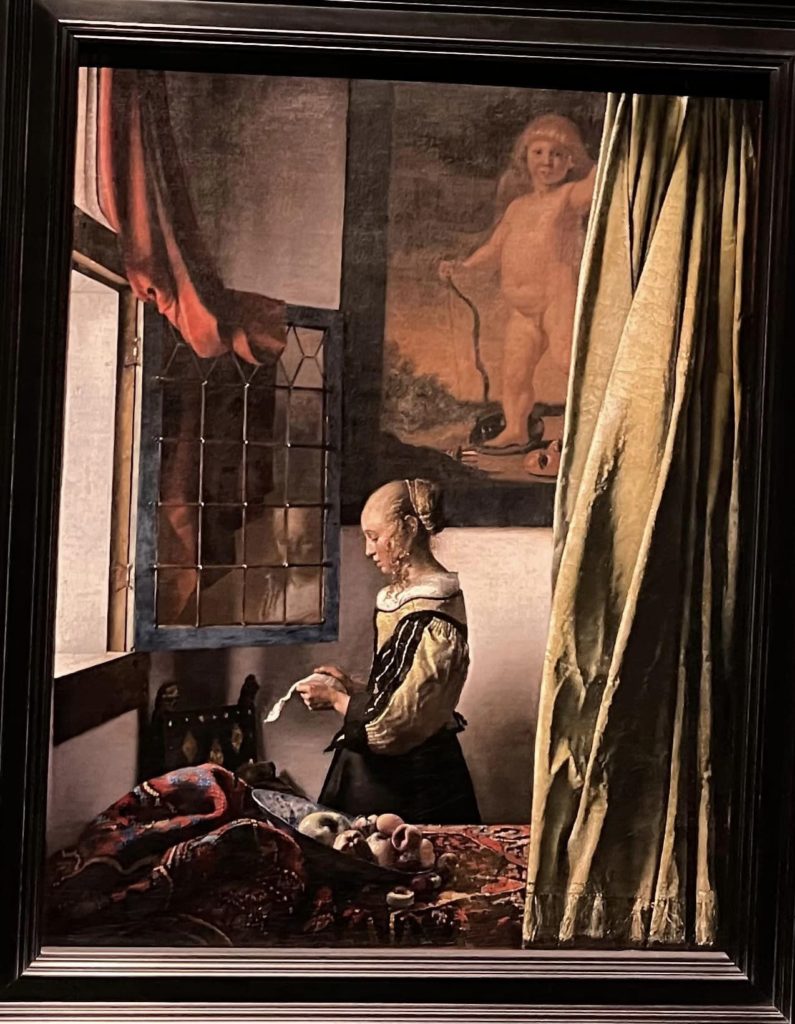Ypres Belgium

There aren’t a lot of specific classroom sessions I remember from my school days, but one I’ve never forgotten is the experience of reading for the first time the poem “Grass” by Carl Sandburg. I can’t say what grade I was in, or even what school.
At the time, I didn’t consciously understand the impact of using strong verbs, repetition and short declarative sentences. I only felt the effect of the poem—a stirring of emotion for events and places far away from where I was sitting.
In case you’re not familiar with it, here it is:
Grass by Carl Sandburg
“Pile the bodies high at Austerlitz and Waterloo.
Shovel them under and let me work—
I am the grass; I cover all.
And pile them high at Gettysburg
And pile them high at Ypres and Verdun.
Shovel them under and let me work.
Two years, ten years, and passengers ask the conductor:
What place is this?
Where are we now?
I am the grass.
Let me work.”
–Carl Sandburg
So when my husband Tim and I decided to go to Belgium, visiting Ypres was top of our list. Like many people my age, I had a grandfather who served in World War I. Roger Dwyer (as he was then known) was an Irish citizen who fought for Great Britain and migrated to New York after the war.
Tim and I signed up for a ten-hour bus tour from Bruges to Ypres, called “Ieper” in Flemish. We first visited the German burial ground, with flat gray headstones and a sculptural installation called “The Grieving Parents” by German artist Käthe Kollwitz. The dual sculptures show a mother with bowed head and bent posture and a stoic father with crossed arms. The pair are positioned to over look the actual grave of Käthe Kollwitz’ younger son, Peter, who was killed on the Ypres battlefield in 1914. Years later, Kollwitz’s grandson, also named Peter, would be killed in action during World War II; and Kollwitz’s art would be banned by the Nazis as “degenerate.”
We then visited the Essex Farm Cemetery, known as “Flanders Fields” after the poem by Canadian physician and poet John McCrae, who volunteered for duty as a field surgeon at age 41. McCrae wrote the poem “In Flanders Fields” in May 1915, after the burial of a close friend and comrade during the Second Battle of Ypres. McCrae himself died of pneumonia near the end of the war.
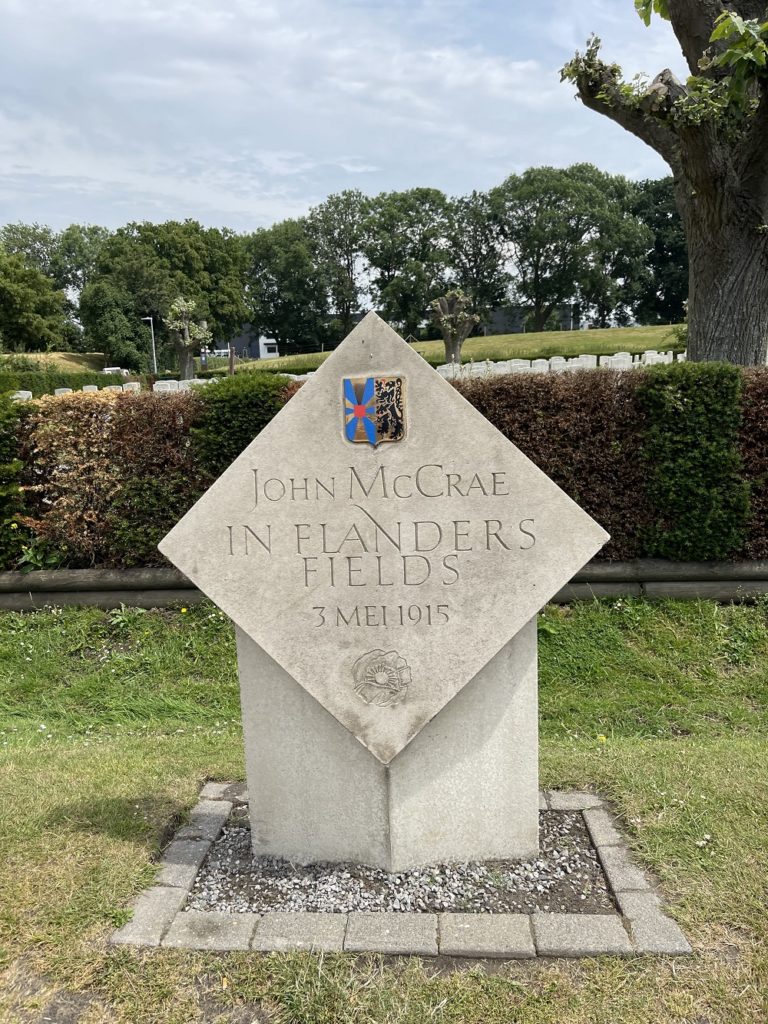
Ypres today has more than 100 soldier burial grounds. We saw hundreds of headstones marked “A Soldier of the Great War/Known unto God” and one, of Arthur Conway Young of the Royal Irish Fusiliers, inscribed: “Sacrificed to the Fallacy that War Can End War.” As we wandered among the thousands of grave markers, I couldn’t help but wonder if my grandfather had served alongside any of the dead or walked Ypres sacred grounds. I wish I’d asked more questions when he was alive.
We ended the day by attending the “Last Post,” a ceremony conducted in Ypres every night in all weather since May 1, 1929, except for the four years Germany occupied the city during World War II. The “last post” is a traditional bugle call played at military funerals and times of remembrance. The horn’s somber strains indicate a soldier’s duty is done, and he may rest in peace. The ceremony included the laying of red wreaths made from poppies, to honor and commemorate.
Of the many sites we’ve visited in Europe, Ypres and its battlefields was one of the most moving. I urge you to go if you have the chance.
